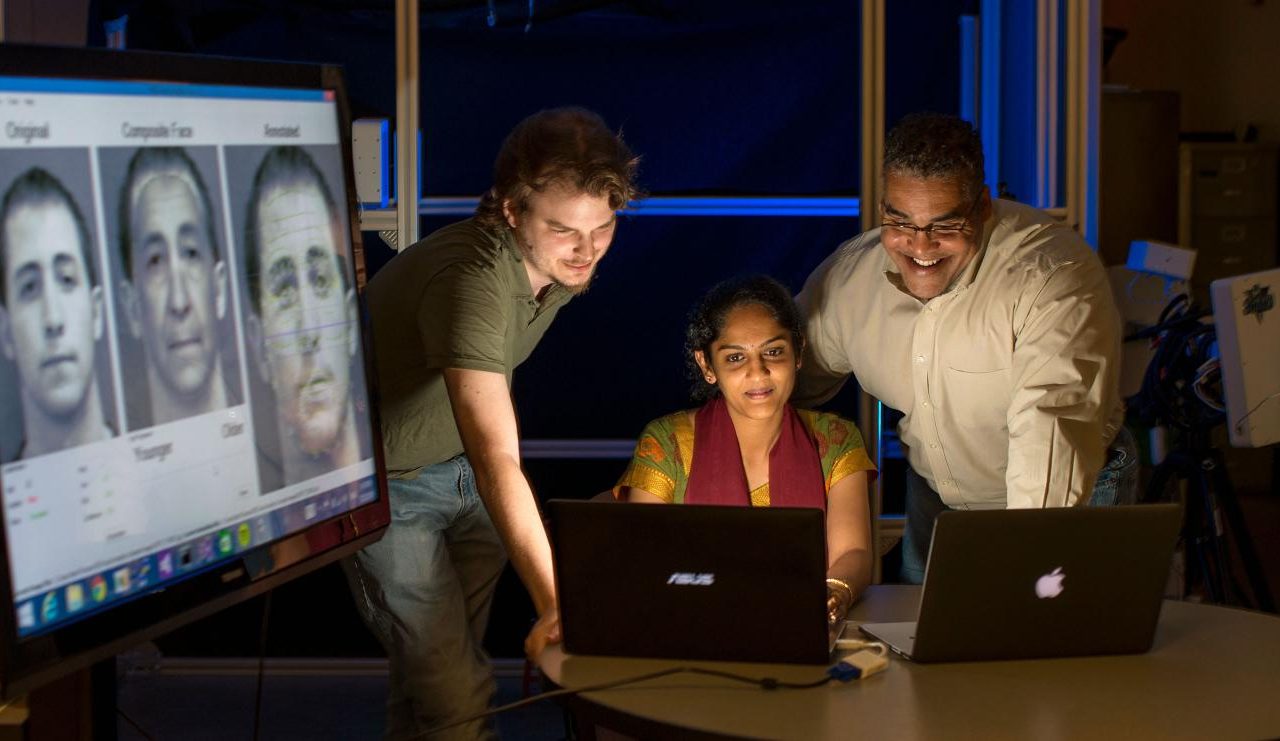
Joining a nationwide partnership of PBS stations allows UNC-TV’s science news stories to be broadcast to markets across the nation and, in turn, to broadcast hundreds of other science news stories of interest to North Carolina viewers.
In February, UNC-TV joined a growing content-sharing partnership of 26 PBS stations nationally under the umbrella of WNET in New York, which produces the program “SciTech Now.” The arrangement allows all of the stations to share their science-related news stories with WNET, which packages the material as part of the weekly “SciTech Now” broadcast. In return, WNET then shares the stories with other stations in the partnership.
Frank Graff, producer of UNC-TV’s “North Carolina Science Now” segment, said local PBS partners have the option of either airing all of “SciTech Now” in its entirety each week or combining select stories with local content for its own science news program.
“Because UNC-TV produces a weekly science story, we cherry-pick stories that we believe will interest North Carolinians, such as an interview with astronomer Neil deGrasse Tyson or a story on Alzheimer’s research,” he said.
The idea to share science programming among stations grew from a similar initiative from WNET five years ago to bundle the best of arts programming among national PBS stations. A couple of years later, WNET officials decided to see if the idea would work with science programming, said Diane Masciale, the general manager of WLIW, one of three stations operated by WNET and executive producer of programming, including the content-sharing initiative.
“It started as a way of getting arts content from 30 stations, and as a result, 25 stations started their own arts shows,” she said. “After two years of doing the arts, we thought, ‘What else should we be doing? What are the topics upon which we can we collaborate?’ ”
UNC-TV joined the “SciTech Now” group during the program’s second year, and is currently deciding if it will join the arts programming partnership as well. Tom Davidson, the senior director of content at UNC-TV, thought joining “SciTech Now” would have tremendous upside for the station.
“We make it a local show, and it’s a very cost-effective way to stretch our local content,” he said. “Every time we cherry-pick something from the national feed, that’s one less segment we have to produce. We’ve had a solid audience response – science shows have a good audience.”
UNC-TV’s science program, “SciTech Now: North Carolina,” airs Wednesdays at 7:30 p.m. UNC-TV’s weekly science segment, “North Carolina Science Now”, airs as part of NC Now, Thursdays at 8:00 p.m. and is sponsored by the GSK Foundation.
“Frank’s science stories have a statewide impact, and when his material is going out nationally, it has an even greater impact,” Davidson said.
Davidson noted that the cost to join the collective is $15,000 a year and provides more than 40 weeks’ worth of stories from across the nation.
“We’re getting dozens of stories, so the cost is quite favorable,” he said.
Because UNC-TV’s broadcast reaches the entire state and has access to stories on all 17 of UNC’s campuses as well as the work being done at Research Triangle Park, there is no shortage of science-based stories to cover.
“UNC-TV is a great partner to have,” Masciale said. “With the Research Triangle and all of the campuses, we thought they would be a great addition. One of the reasons we’re thrilled to have UNC-TV is that they cover the whole state. Many of the stations usually are located in a major city or a region. But UNC-TV can show all of the amazing work that’s being done all over the state.”
Graff noted the diversity of science-based work that’s being done across the UNC system.
“Every campus has its own concentration areas: Appalachian State researchers are working with alternative energy and environmental issues, UNC Wilmington has a program on facial recognition, and East Carolina University is studying the oceans. There’s a lot of medical research at UNC-Chapel Hill, there’s 3-D printing at NC State, and Western Carolina is working on preserving the Cherokee language,” he said. “The wide variety of science research being done on all of the campuses gives us a huge advantage.”
Masciale said many of those stories could see a significant audience nationally. While viewer figures aren’t available, she said the 26 markets – including such major metropolitan areas as New York, Los Angeles and Detroit – account for 34 percent of all US viewers. She said some of the markets are now working on stories upon which to collaborate, such as clean water.
“We’re definitely talking about ways we can grow our collaboration and figure out what topics we want to cover,” she said. “We’re very pleased with the way we have all collaborated together. It makes it that much more sustainable.”